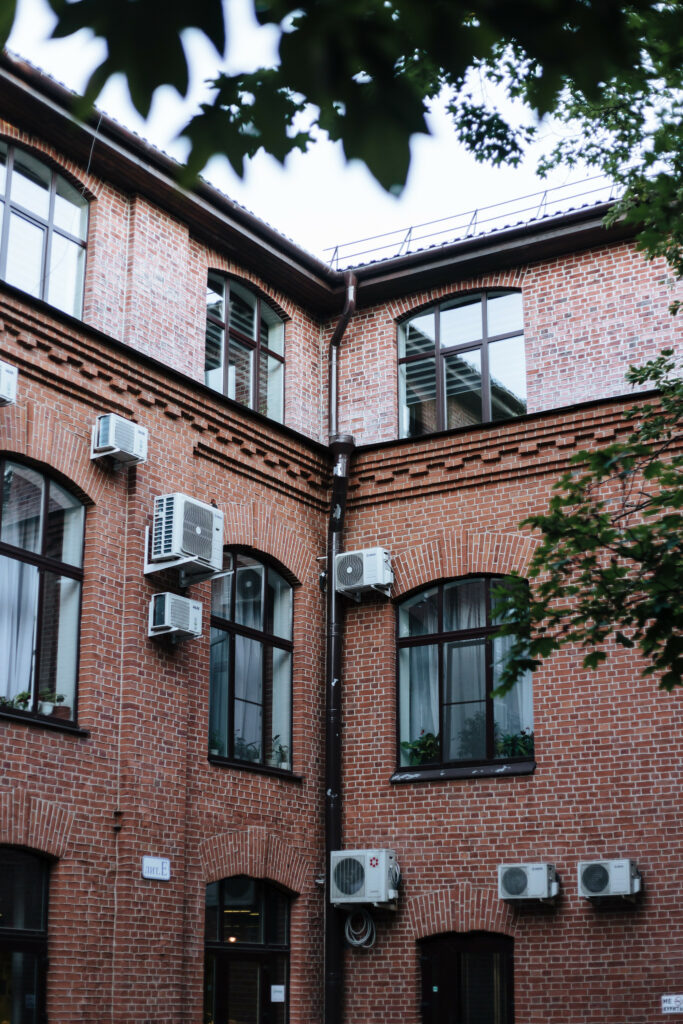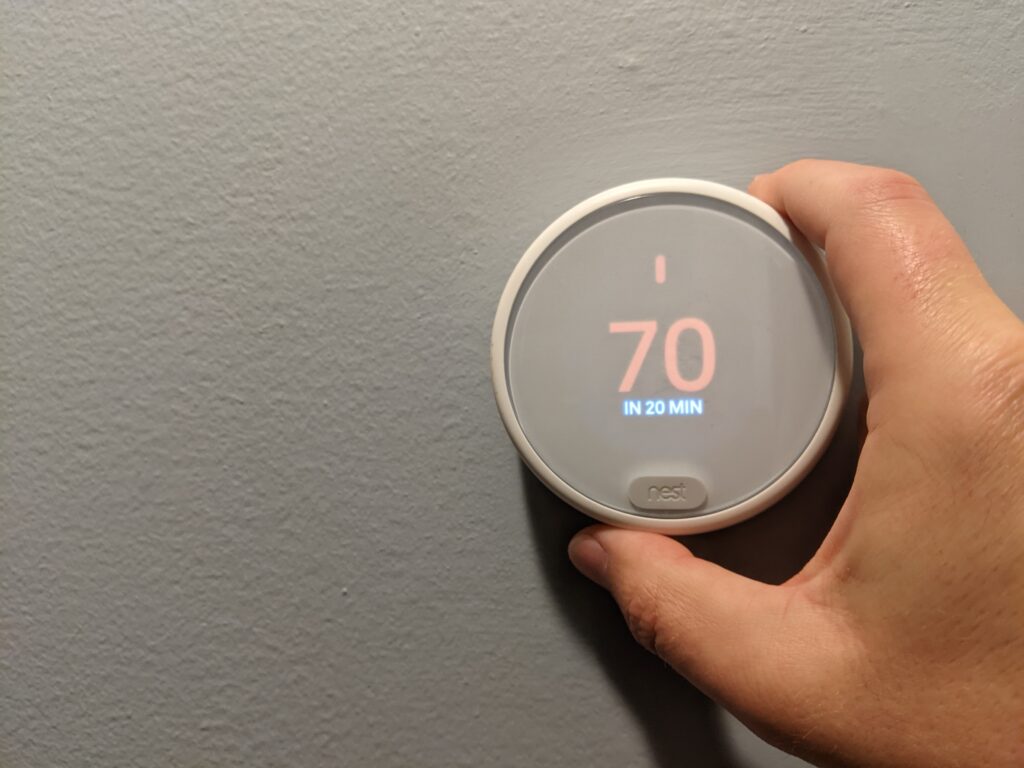There are few things more satisfying than having the greenest lawn on the block (or even neighborhood). However that green lawn is no accident, and takes more than casual watering and regular mowing. Applying fertilizer year-round is key to keeping it the envy of your neighborhood. With so many types and brands on the lawn shelves, here’s how to make sense of it all, regardless of whose name is on the bag.
N-P-K Numbers
Every bag of fertilizer has three numbers separated by hyphens. These numbers represent the amount of the three main types of nutrients your lawn needs: Nitrogen, Phosphorus, and Potassium. Similar to the major nutrients in your own diet, each one of these has a slightly different impact on your lawn’s growth. You’ll use these numbers as the primary guide to the right fertilizer in the right season for your lawn.
Specifically, the numbers are the percentage of that nutrient by weight of the entire bag. Let’s use a 50 lb. bag of 24-0-11 fertilizer as an example. This bag contains 24% Nitrogen, 0% Phosphorus, and 11% Potassium. To convert that into actual weight (if you like getting nerdy), that’s 12 lbs nitrogen and 5.5 lbs Potassium. You probably only need to know that if you’re starting your own lawn-care company.
Nitrogen is the primary nutrient your lawn craves. It brings about that vibrant green color and healthy growth. That helps prevent patchy lawns and encourages uniform growth. This will be the highest percentage in most lawn fertilizers.
Phosphorus is the least necessary for your lawn. It helps with root growth, but also fruit, flowers, and seeds. Since lawns don’t need those to make your lawn beautiful, it’s less of a focus for our purposes. Generally speaking, the soil will have enough Phosphorus for your lawn. A low percentage of 0% – 4% Phosphorus is perfectly fine.
Potassium is important, especially in Fall and Winter. It helps encourage root growth (another reason why Phosphorus isn’t a focus), and also helps harden roots. This acts like nutrient storage of sorts. It helps retain all that nitrogen you’ve given it, and use it over a long period of time. Higher percentages of Potassium will make your lawn more resilient against drought, pests, and cold.
When to use different types of fertilizer
In the world of fertilizer, we won’t see the numbers change that drastically, but it’s enough to make a difference. Starting in the Spring, you’ll want to focus on nitrogen to encourage that lush, green growth. Look for nitrogen percentages around 25-30. Remember, that’s the first number. At the same time, Phosphorus and Potassium take a back seat. Start off the season with 0%-5% and 0%-7%, respectively.
Early in the season, finding a weed-preventative version with the right numbers can help fend off unwanted dandelions and crabgrass. The N-P-K numbers are the same, there are some other additives that kill weeds. If you go with this version, you won’t be able to over-seed for around 6 weeks (but that’s for another time).
Later in Summer, you can switch to a slightly higher Potassium fertilizer in the 3%-10% range. You can also swap away from weed-preventatives to a basic fertilizer.
The key to Fall is a solid winterizer that’s at least 10% Potassium. Remember how that protects your lawn from cold and drought? Potassium will keep those roots nice and sturdy throughout Winter. Many companies will market certain fertilizers as winterizer, but pay attention to those numbers!
Fall and Winter are also the seasons to keep your lawn clean and tidy. Too many leaves, sticks, and debris will prevent sunlight from reaching parts of your lawn. No sunlight will lead to a patchy lawn next year.
Too much of a good thing?
Now that you can translate the numbers on fertilizer bags, make sure to also read the directions. More isn’t always better, and each bag will have directions for that sweet spot between too little and too much. You can expect to fertilize your lawn every 3 months – about once per season. As we’ve discussed, the fertilizer you choose will arm your grass with different tools to survive the coming months.
It doesn’t take much to understand the the numbers on all those fertilizer types. Now that you do, you’ve got the information to make your lawn the envy of your neighborhood.







Leave a Reply